Many tourists coming to Peru are definitely more interested in Lima, Cusco and Machu Picchu and the majority of the time they skip a visit to the Sacred Valley of the Incas. In my opinion that’s a BIG BIG BIG mistake, since this place is magic, here you can find a very special energy that you are not able to find in any other place in Peru. I believe the name “Sacred Valley” can better define what I actually mean. This is a spiritual place where you can definitely recharge your battery after the tiring excursion to Cusco and Machu Picchu. Here a list of places you should not miss once in the area:
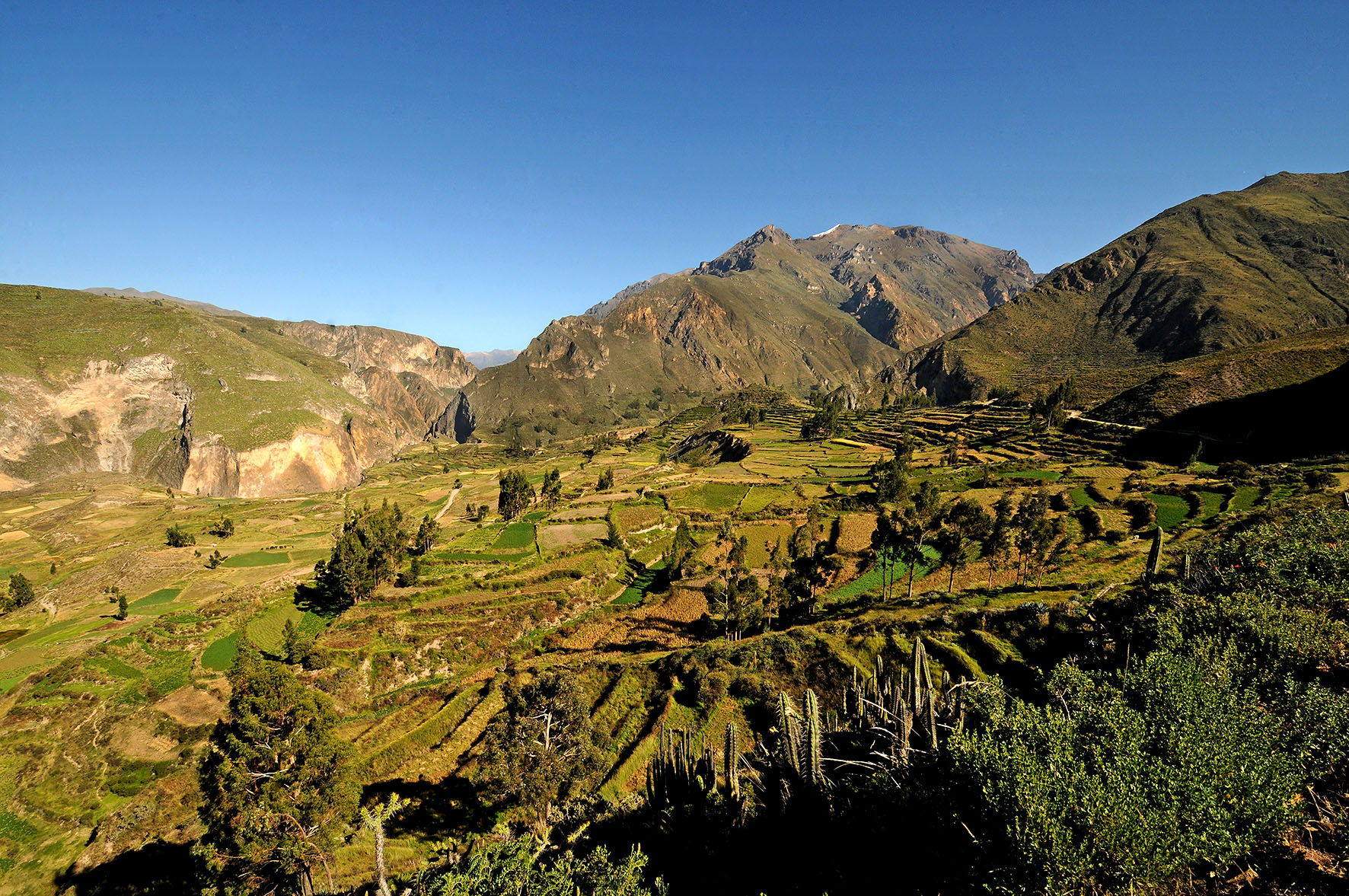
Pisac Ruins: The small town of Pisac is located 32 Kilometers (20 Miles) from Cusco. On the top of the modern town there are the ancient ruins, which consist of a vast amount of agricultural terracing and a small Inca village. Made up of groups of terraces, the outline of the site forms the shape of a giant condor. In ancient times the condor was considered to be the messenger of the sun, and the one who was in charge of carrying the spirits of the dead onto the world beyond. For this reason Pisac was also considered to be a place of great spiritual worship.
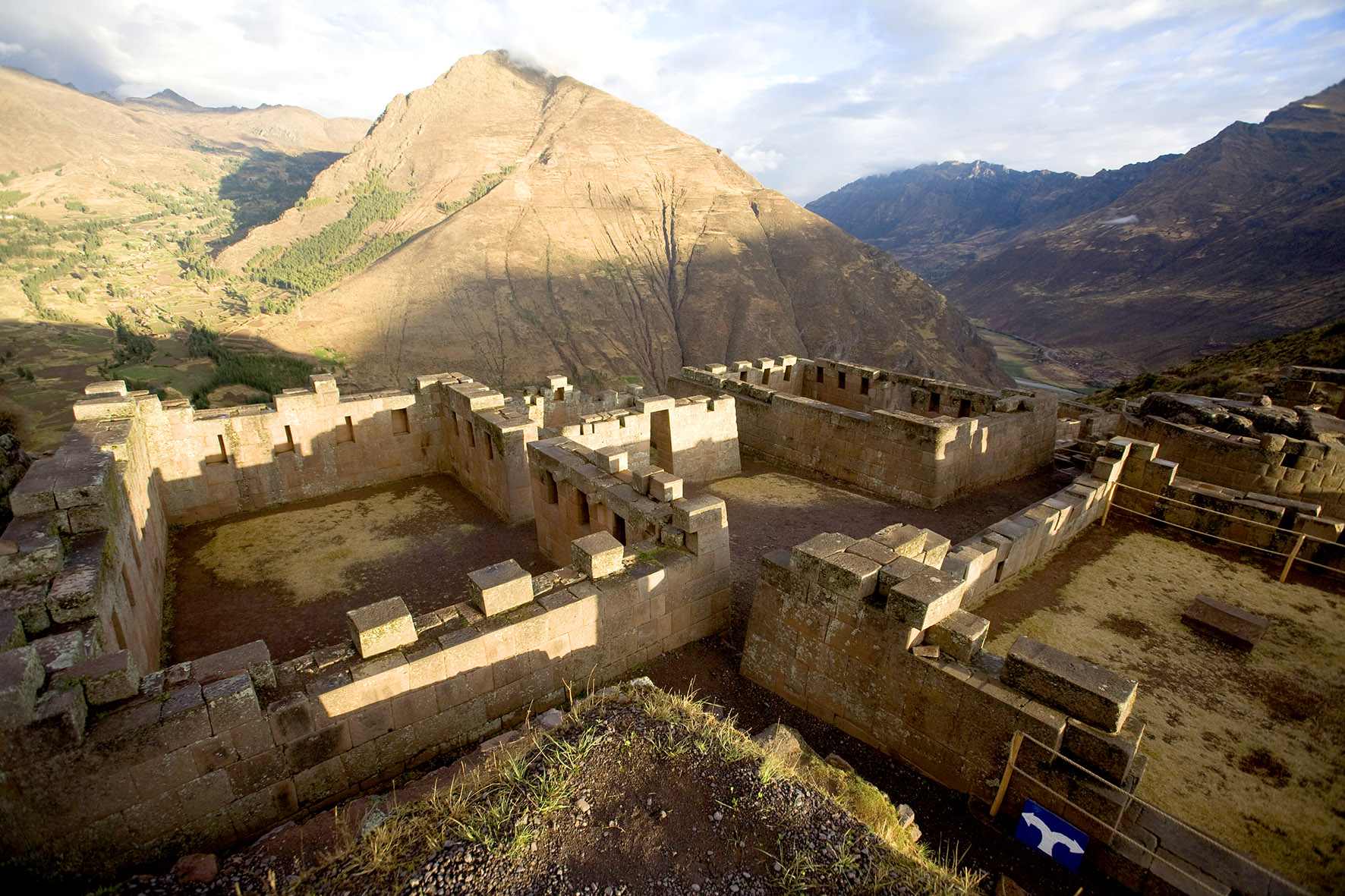
Pisac Market: Peru’s most famous crafts market takes place in Pisac on Tuesdays, Thursdays, and Sunday. This ancient Inca village is nestled in the shadow of an imposing Inca fortress and temple and it is famous for its beautiful and colorful market where tourists can shop for traditional handicrafts and every kind of handmade Peruvian products.
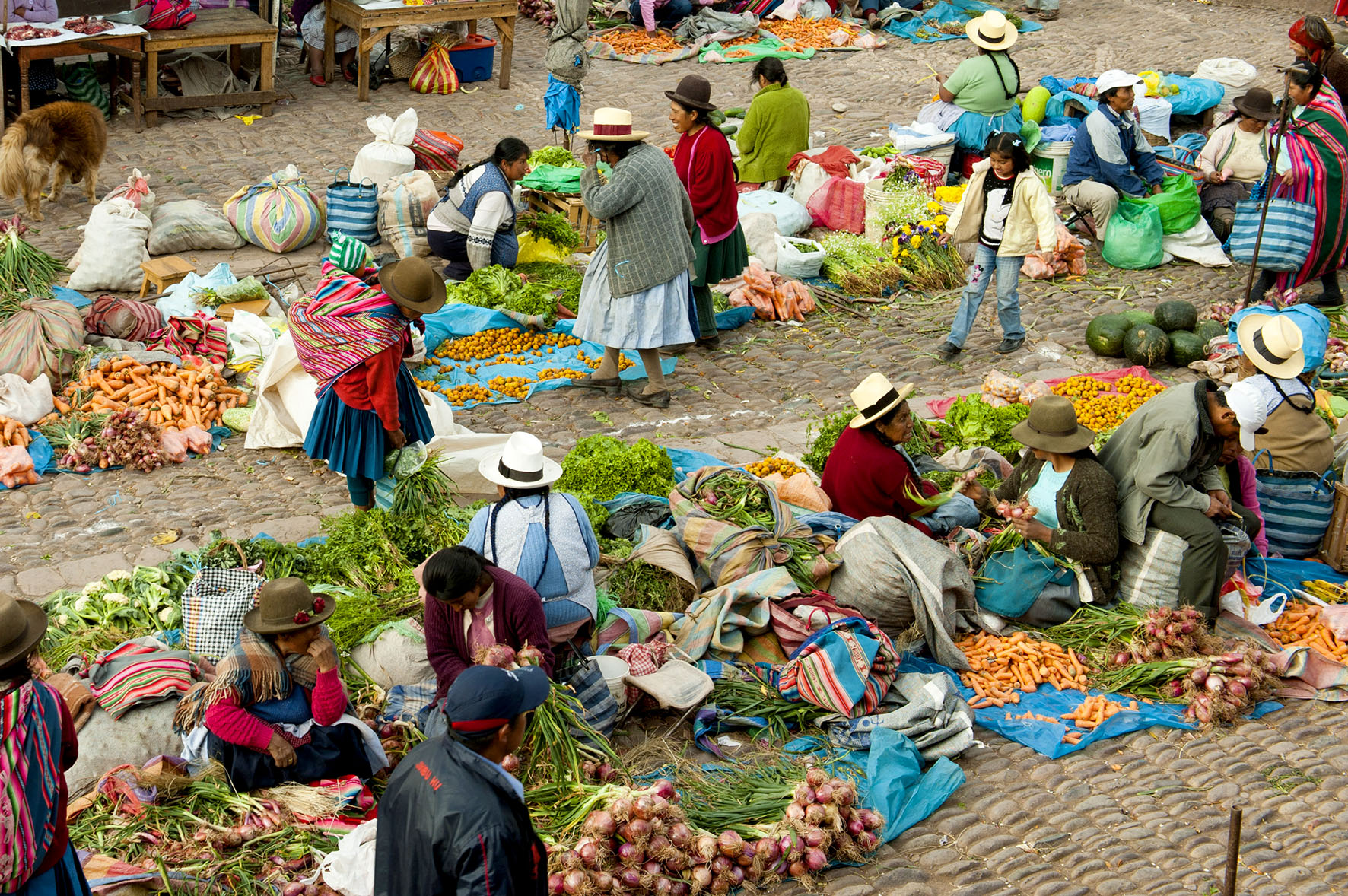
Awanakancha: AwanaKancha provides an opportunity to see products made from South America’s four camelids (alpaca, llama, vicuña, and guanaco) from the first steps of the production process to its end: the animal, the shearing, the textile weaving and dyeing, and the finished products, which you can purchase in the showroom. It makes a great stop for the whole family, as kids usually have lots of fun feeding the camelids on-site.
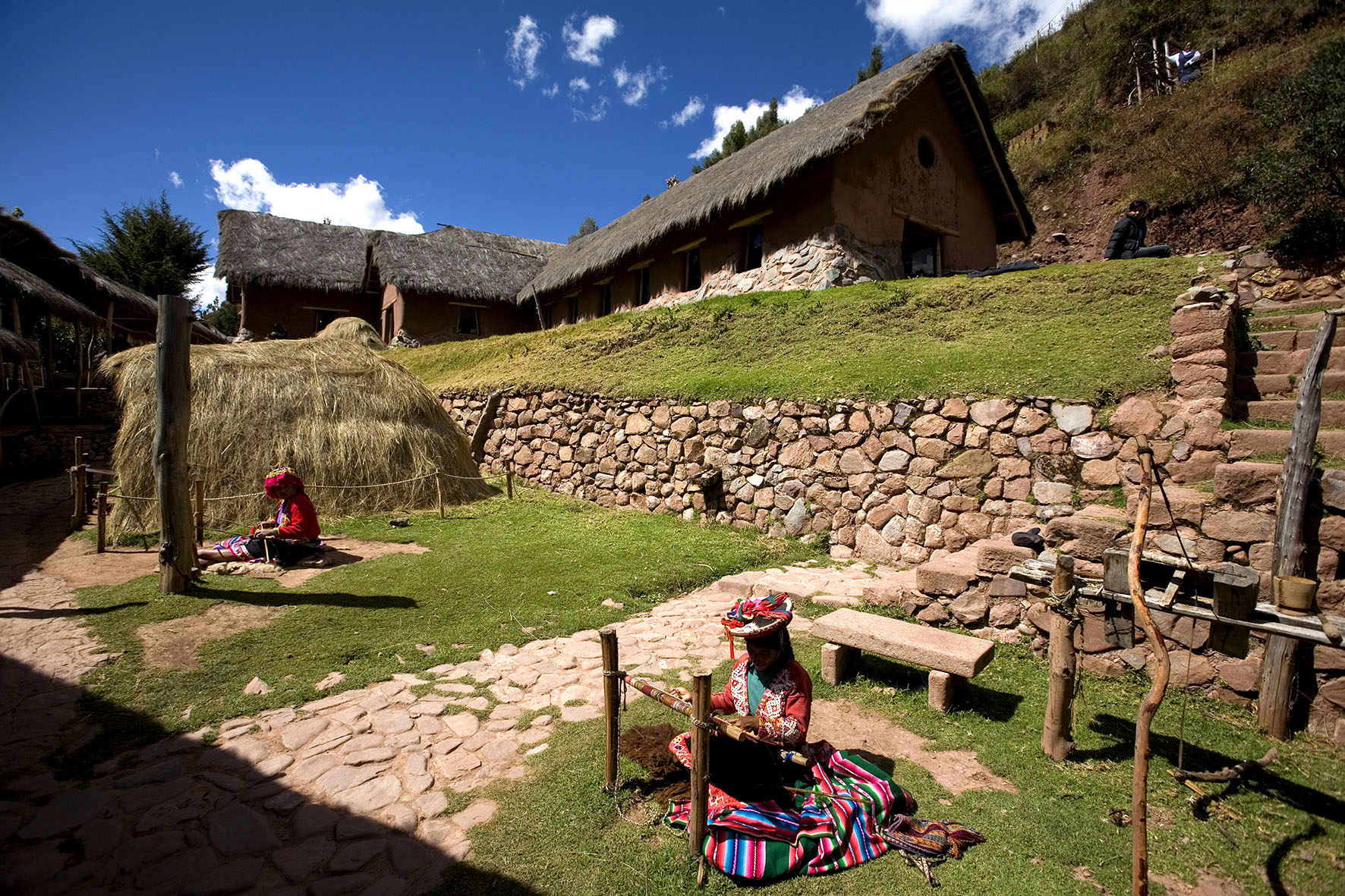
Ollantaytambo Temple: Second in importance only to Machu Picchu, Ollantaytambo includes some of the Inca’s best stonework, including a series of ceremonial baths, elegant trapezoidal doorways, and a sun temple that faces the rising sun.
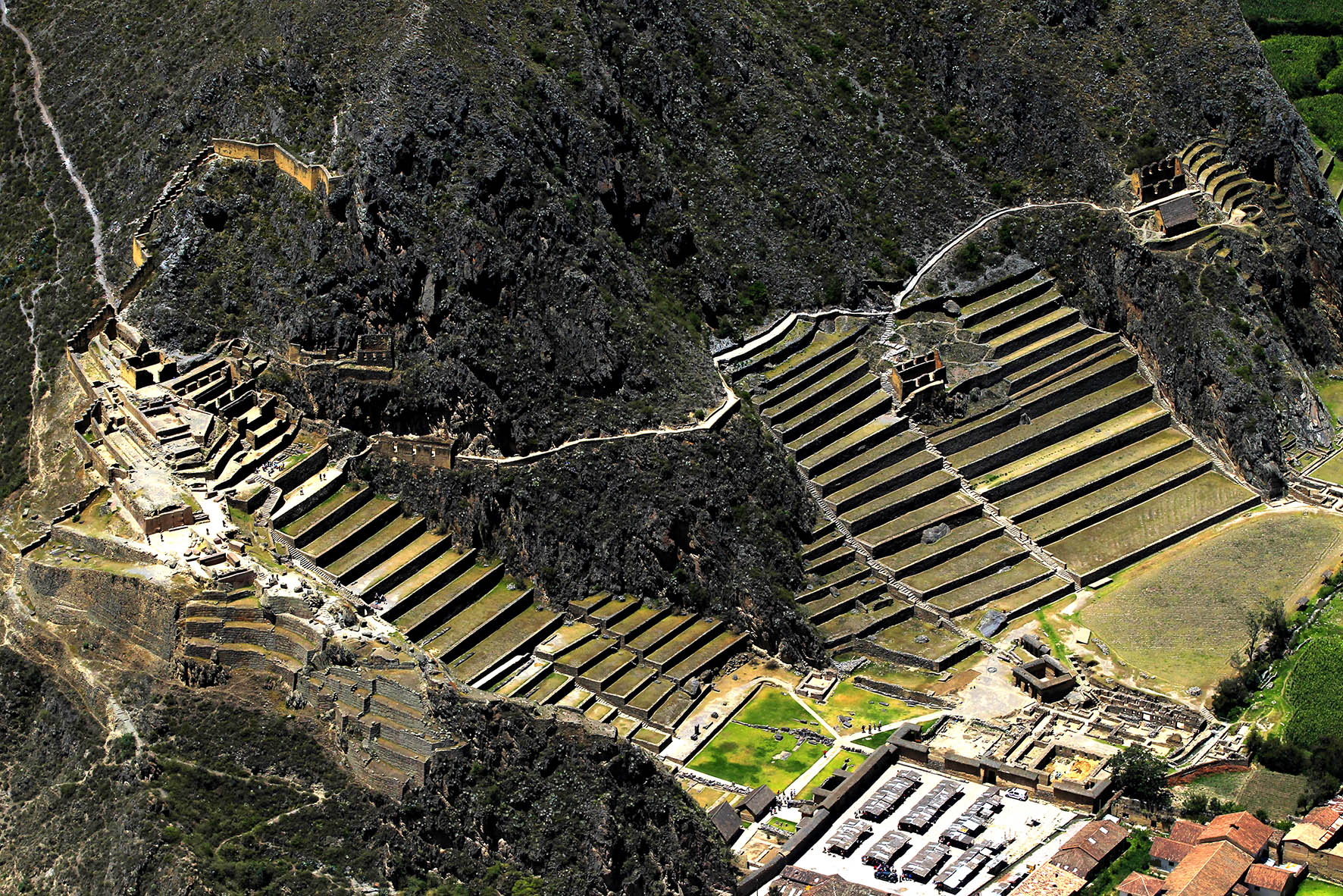
Maras: It was home to the descendents of the Incas of the Hurin Cusco Clan. In Colonial times, it was the first salt producing center of the central – Sierra. This picturesque town is located 53 km northwest of Cusco (1hour drive) by a paved road. The town has a large church and several colonial houses with code-of-arms of noble families on their facades. Close to Maras, at the Peasant community of Pichingoto, there are salt mines, known locally as “salineras”. Landscape is awesome in this area.
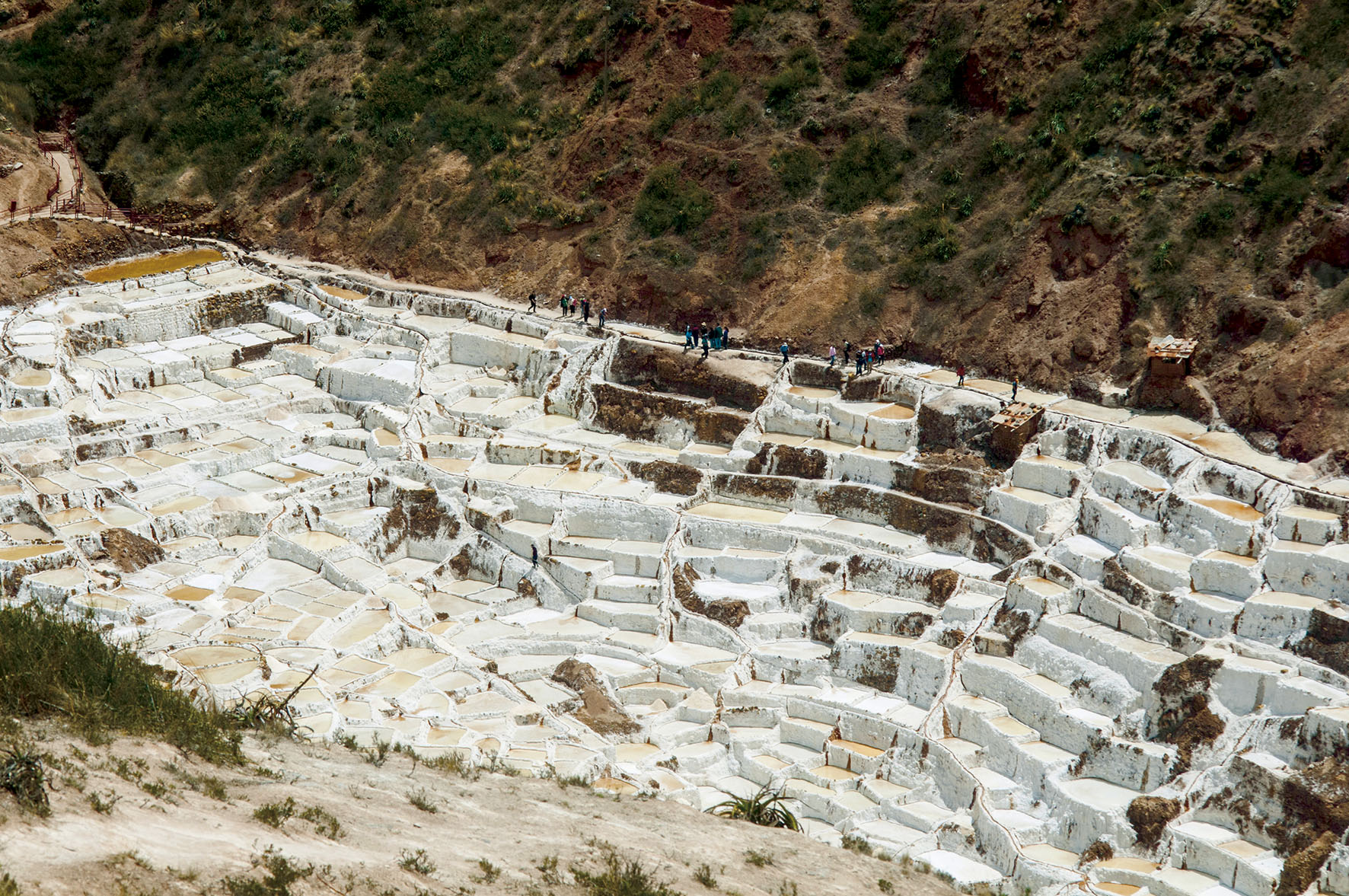
Moray: Located 9 km west of the town of Maras, along an unpaved road, his archeological site is perhaps one of the most mysterious of the pre-Hispanic Cusco area. The site consists of a large irrigation system and a series of concentric agricultural terraces, constructed by means of stone retaining walls. The location is believed to have been an enormous agricultural laboratory in which the Incas purposefully created several microclimates in which they grew a variety of crops.
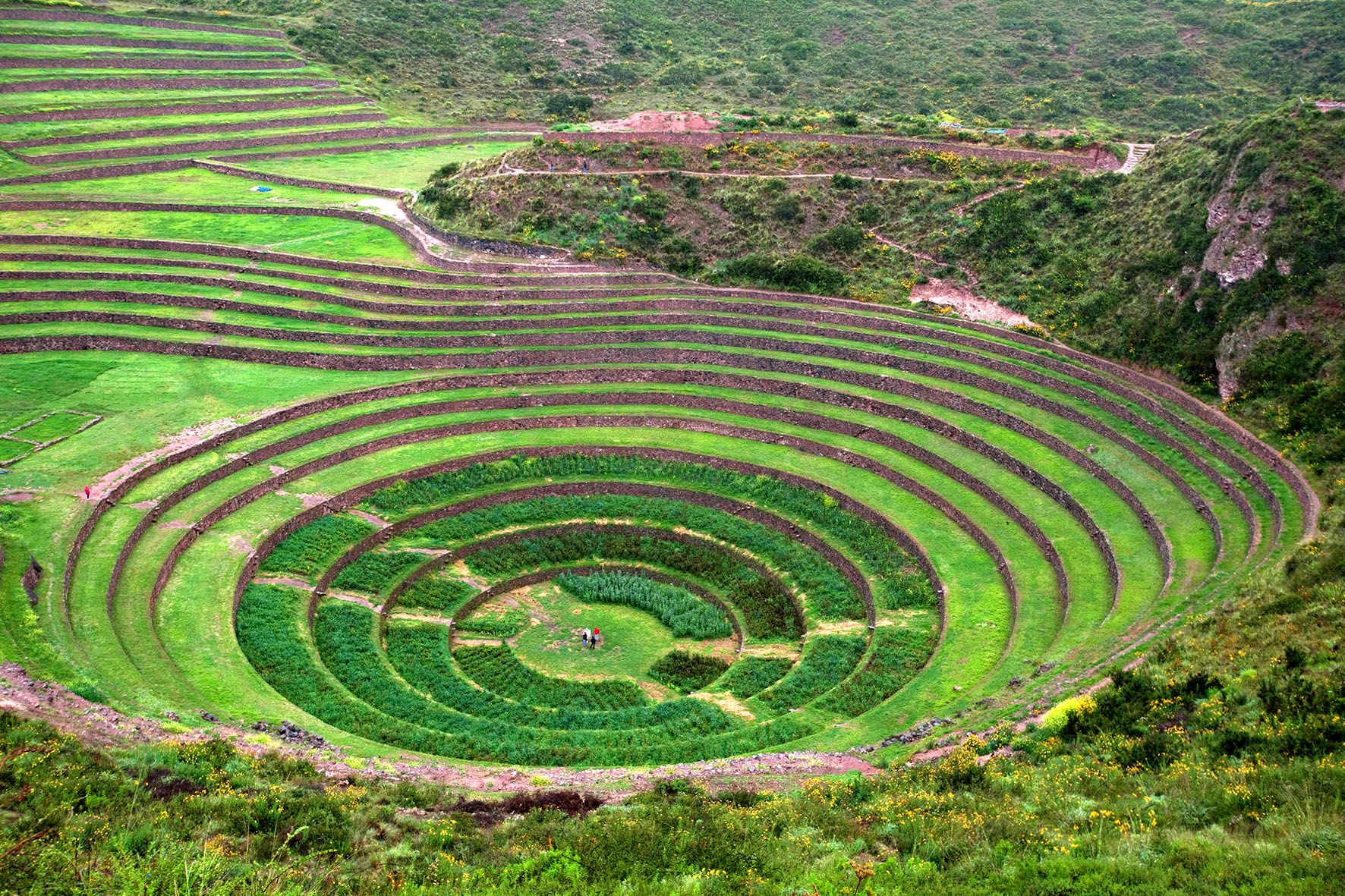
Chincheros: Known to the Incas as the birthplace of the rainbow, this typical Andean village combines Inca ruins with a colonial church, some wonderful mountain views and a colorful Sunday market. On a high plain with sweeping views to snow-laden peaks, it’s quite beautiful. Since it is very high, it’s unwise to spend the night until you’re somewhat acclimated.
So remember once in Peru do not forget to visit the Sacred Valley. If you have already traveled there and you have more suggestion feel free to add tips and recommendations in the comments.

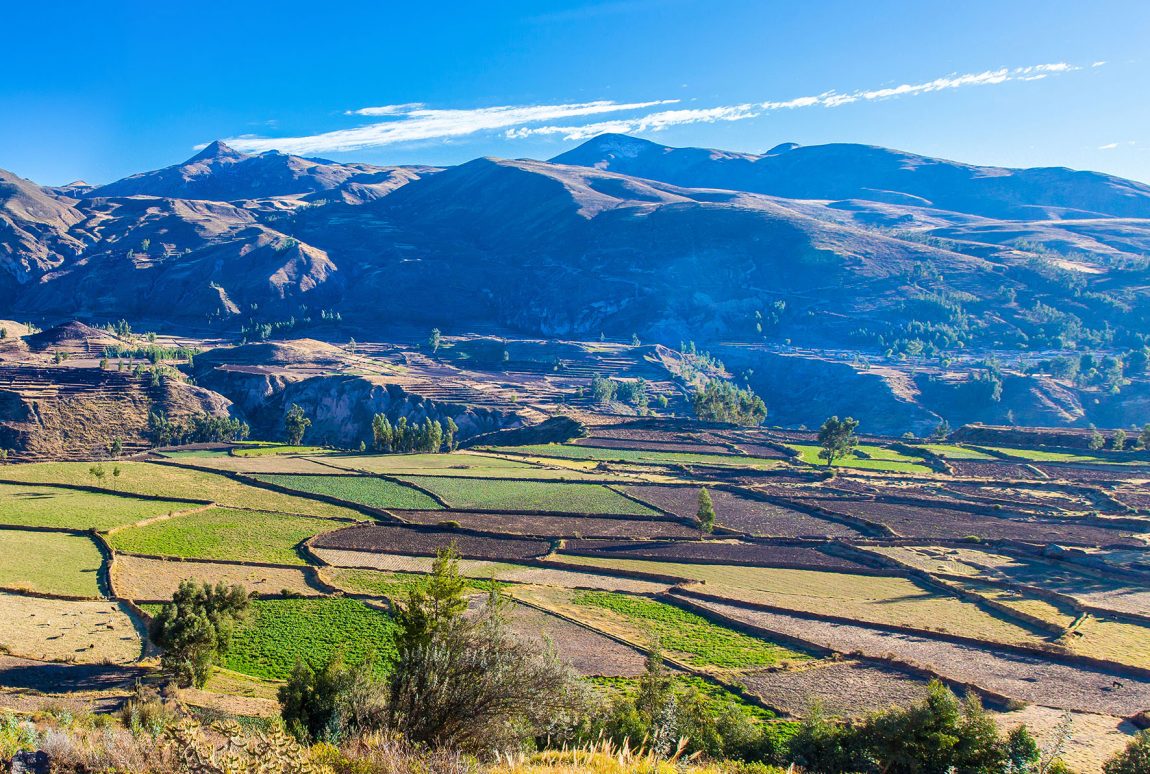
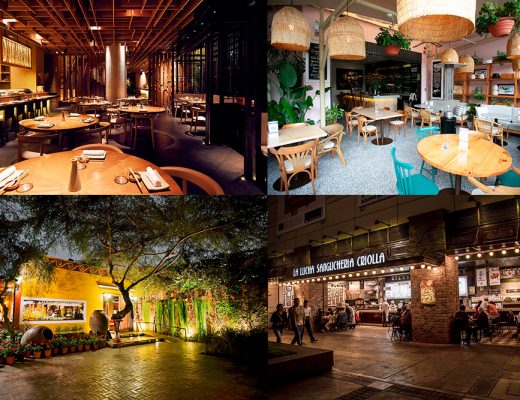
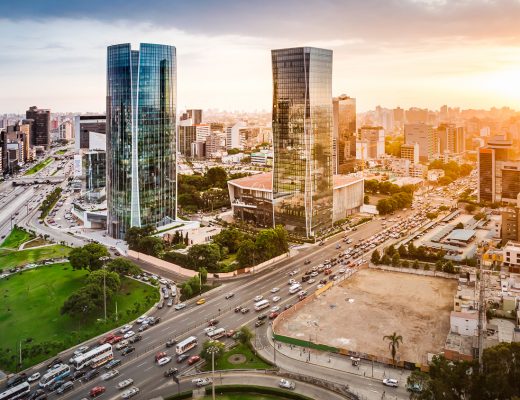
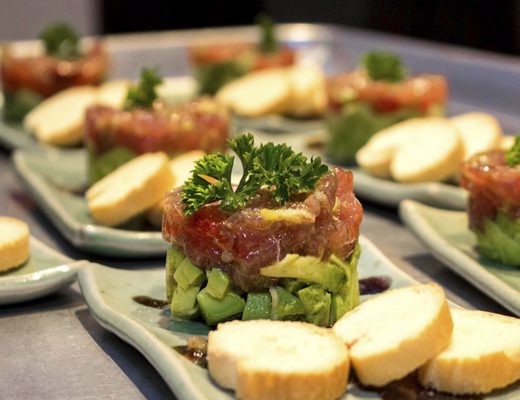
1 Comment
gunungmp3
27 Enero, 2019 at 12:09 pmHello everyone, it’s my first pay a quick visit at this site, and piece of writing is in fact fruitful for
me, keep up posting these types of content.